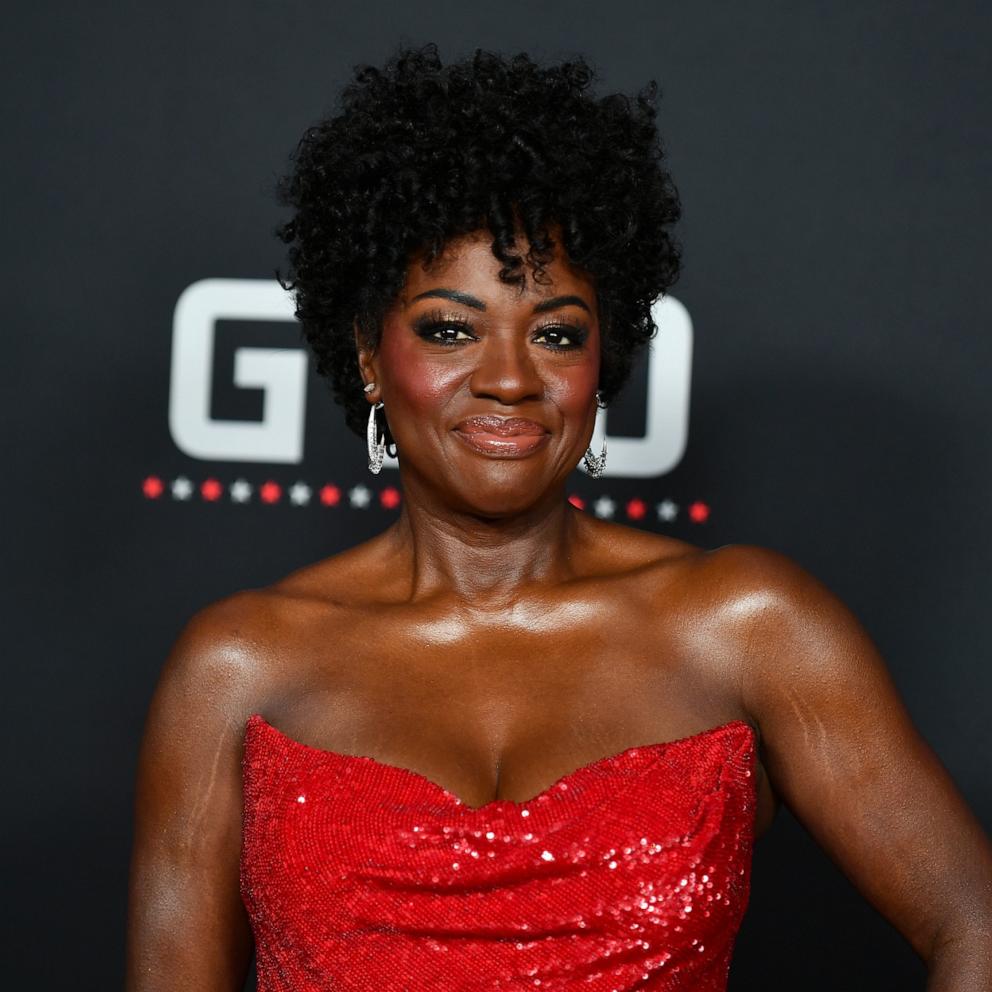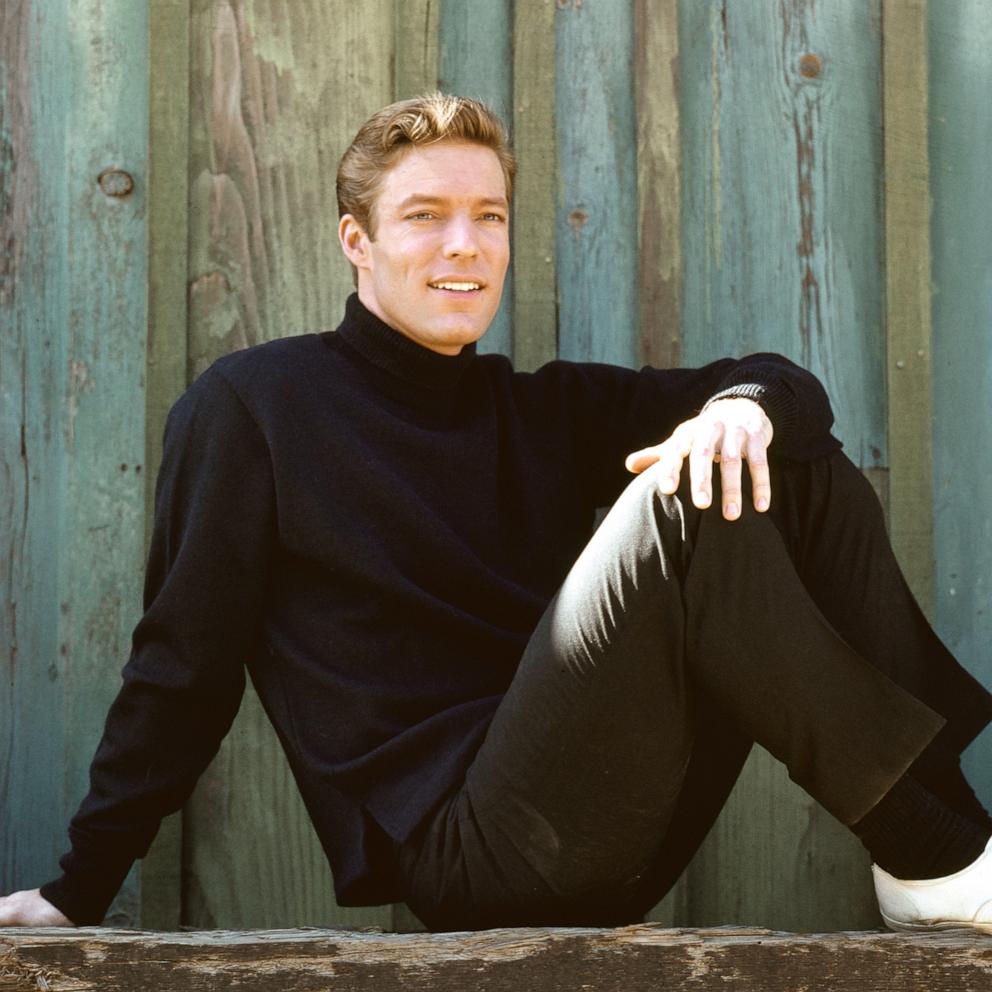When it comes to slasher icons, only one name has haunted the thoughts -- and dreams -- of horror fans for the last 40 years: Freddy Krueger.
Wes Craven's "A Nightmare on Elm Street" clawed its way into theaters on Nov. 9, 1984, spawning an entire movie franchise, an anthology television series spinoff, a remake, and many a Halloween costume. It gave the horror a quintessential new baddie in Krueger, portrayed by Robert Englund, and a memorable new final girl in Nancy Thompson, played by Heather Langenkamp.
It also left its stars having actual nightmares of their own about the villain known for wearing a red-and-green striped sweater, a brown fedora, a bladed glove and disfiguring burn marks.
"I have definitely had many nightmares about Freddy Krueger," Langenkamp told "Good Morning America" in a new interview. "There are certain makeup effects and special effects that we've done that really got to me in the deepest part of my psyche."
"The one that was the worst was in 'Wes Craven's New Nightmare' when Freddie's tongue wraps around my head," she said of the 1994 meta film, her third and final appearance in the franchise, in which she played a version of herself. "It took me about 10 years to get that nightmare to stop pestering me in the middle of the night."
Englund's nightmares began rather early -- while working on the first film, in fact.

The actor recounted how, during a late shoot one night, he decided to take a nap while still wearing his makeup. Just as he was dozing off, he heard a knock at the door and someone summoned him back to set. As he woke up -- "just those seconds before you come to consciousness," he noted -- he sat up only to see Freddy Krueger himself staring back at him.
"I forgot I was in the makeup, and that was so disorienting. I can close my eyes right now as I tell this story, and I can bring that back," he recalled, admitting that even now "occasionally ... that moment comes back into my dream state."
How horror films went from cautionary tales to 'a new Hollywood currency'
Looking back, Langenkamp said nothing would have given her a clue at the time that "A Nightmare on Elm Street" would become so beloved as it is now.
"Back then, it's hard for people to imagine how a horror movie was not something that everybody in Hollywood was waiting to get an audition for. But it was actually the opposite," she said, adding that they were "a touchy subject" and something your agent would caution you about.

That washed away, however, when she began to see what Craven, whom she called "a mentor and a teacher and a friend," was making when looking at dailies while filming was underway.
"I knew when we were doing it, it was something special," Englund agreed, noting that he "knew we were really snowballing and international" by the franchise's third film, titled "Dream Warriors," a favorite among fans.
The character became a quintessential one for Englund, who went on to play Krueger for years.
"This world is real. They're not making cowboy movies anymore, and every week a horror movie or science fiction movie or fantasy movie is in the top 10. I'm going to stick with this," he said. "Horror films are a new Hollywood currency, again, like they were in the glorious '30s and '40s."
Why the power of the 'Nightmare' franchise is 'the woman warrior'
As for why Langenkamp and Englund believe is behind the lasting legacy of "A Nightmare on Elm Street" and has connected with generations of audiences, they point toward the power of Nancy as a final girl and the others from the franchise.
Langenkamp said people come up to her having experienced a "really visceral reaction to the way that [Nancy] approached Freddy Krueger in her life and in her dreams … facing your fear, making sure that you don't turn away from it, you don't avoid it."

"You just actually face it head on," she continued. "That philosophy, that mentality, that way of leading your life has actually become, you know, something that I aspire to, and I find that that's the way a lot of young fans … really connect with it and it becomes very special to them that way."
Englund agreed, saying, "Our survivor girl is a warrior woman, and I'm really proud of that."
He noted that Nancy was following in the footsteps of Jamie Lee Curtis' Laurie Strode from 1979's "Halloween" and Sigourney Weaver's Ellen Ripley from "Alien" (1979), saying the journey of Langenkamp's character "affected so many of the female fans."

"Whether it's Heather or whether it's Lisa Wilcox [from "A Nightmare on Elm Street 4: The Dream Master" (1988) and "A Nightmare on Elm Street 5: The Dream Child" (1989)] or whether it's Monica Keena [from "Freddy vs. Jason"] or Lisa Zane [from "Freddy's Dead: The Final Nightmare" (1991)], we always have the woman warrior," he added.
That's not the only aspect Englund believes helped the film land with audiences.
"But the other element is just so basic. It's such a basic hook that Wes came up with," he said of Craven's utilization of dream sequences. "That's really the gimmick, because it's universal. Everybody in the world dreams and has nightmares."







